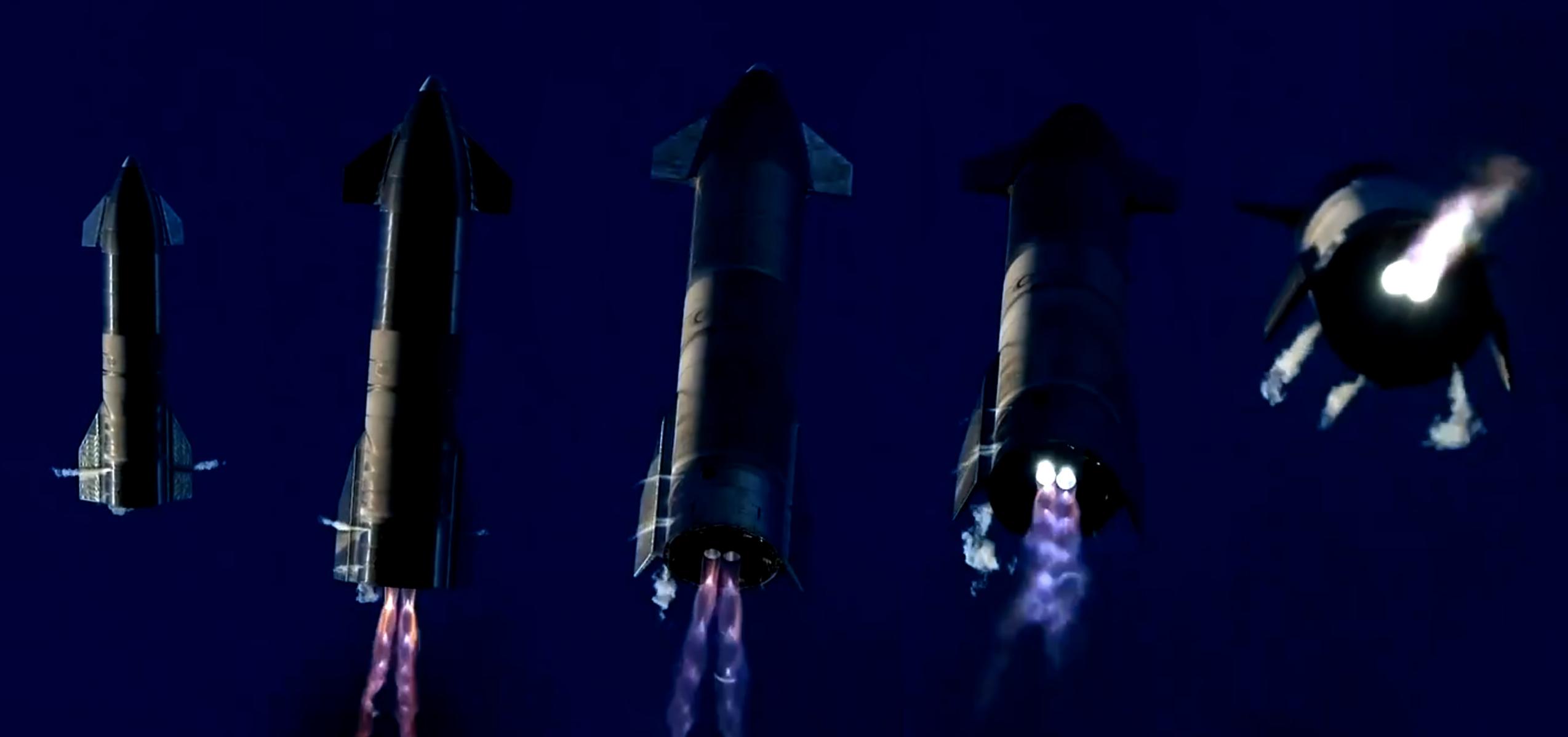

News
SpaceX Starship nails ‘flip’ maneuver in explosive landing video
Update: SpaceX has published a video taken near the launch pad of Starship nailing an exotic ‘flip’ maneuver shortly before a hard landing destroyed the rocket.
Both the company, test directors, and CEO Elon Musk have all made it abundantly clear that despite the explosive end, Starship SN8’s maiden flight was a spectacular success, proving that the rocket is capable of performing several previously-unproven maneuvers and surviving the associated stresses. Notably, according to tweets posted by Musk not long after, Starship SN8 performed almost perfectly, failing a soft landing (already proven by SN5 and SN6) solely because of low pressure in the rocket’s secondary ‘header’ fuel tank.
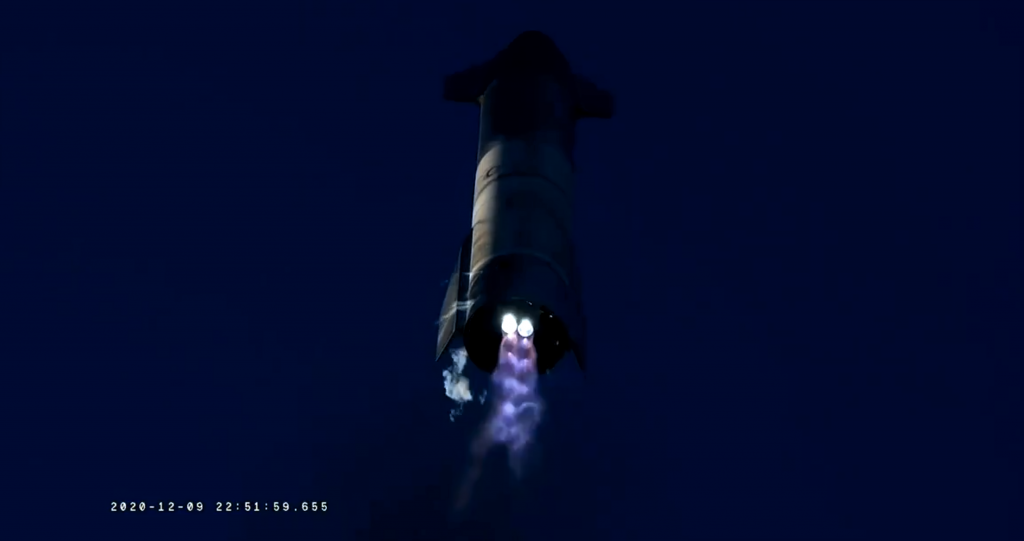
For unknown reasons, that tank or its associated plumbing were unable to maintain the pressure needed to feed Raptor with enough propellant, resulting in fuel starvation mid-burn. A lack of fuel and surplus of oxygen effectively turned the landing engine into a giant oxygen torch, melting the copper walls of its combustion chamber (hence the green plume). Had the header tank maintained the correct pressure, SN8 would have very likely landed intact (or at least had a much softer landing).
In simpler terms, it seems that Raptor isn’t to blame for Starship SN8’s failed landing and fixing a pressurization problem will be dramatically faster and easier than rectifying a rocket engine design flaw.
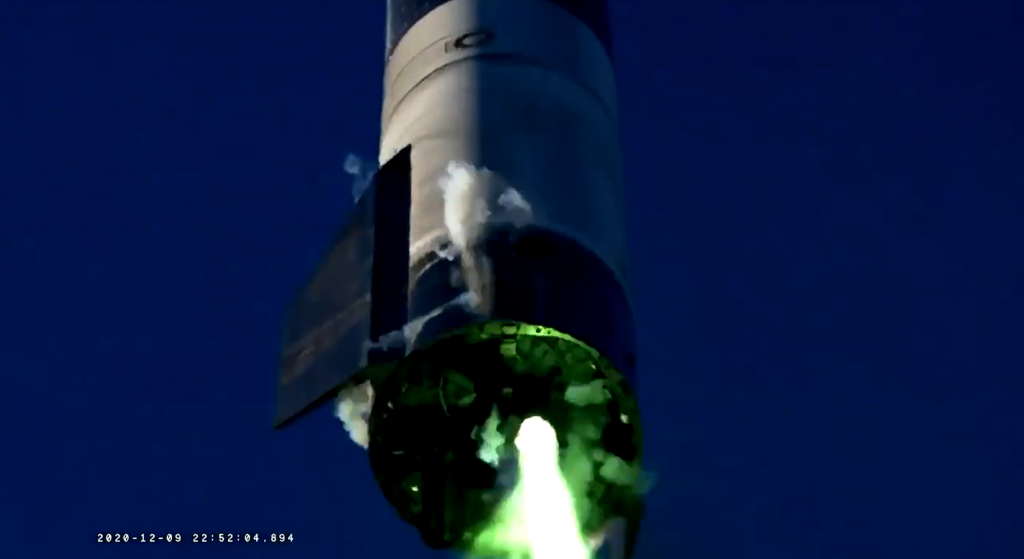
In perhaps the most spectacular aerospace demonstration since Falcon Heavy’s 2018 debut, SpaceX’s first full-size Starship prototype came within a hair’s breadth of sticking the landing after an otherwise successful ~12.5 km (7.8 mi) launch debut.
To quote SpaceX’s test director, heard live on the company’s official webcast moments after Starship serial number 8 (SN8) exploded on impact, “Incredible work, team!” For most, praise shortly after a rocket explosion could easily feel nonsensical, but in the context of SpaceX’s iterative approach to development, a Starship prototype failing just moments before the end of a multi-minute test can be considered a spectacular success.
Chock full of surprises, Starship SN8 ignited its three Raptor engines for the third time and lifted off at 4:45 pm CST (UTC-6) on the program’s high-altitude launch debut.

About 100 seconds after liftoff, already representing the longest-known ignition of one – let alone three – Raptor engines, one of those three engines appeared to shut down, causing the two remaining engines to gimbal wildly in an effort to retain control. Another two minutes after that, one of those Raptors also shut down, leaving one engine active. That one engine continued to burn for another minute and a half, producing just enough thrust to more or less maintain Starship SN8’s altitude at apogee while performing a bizarre horizontal slide maneuver.
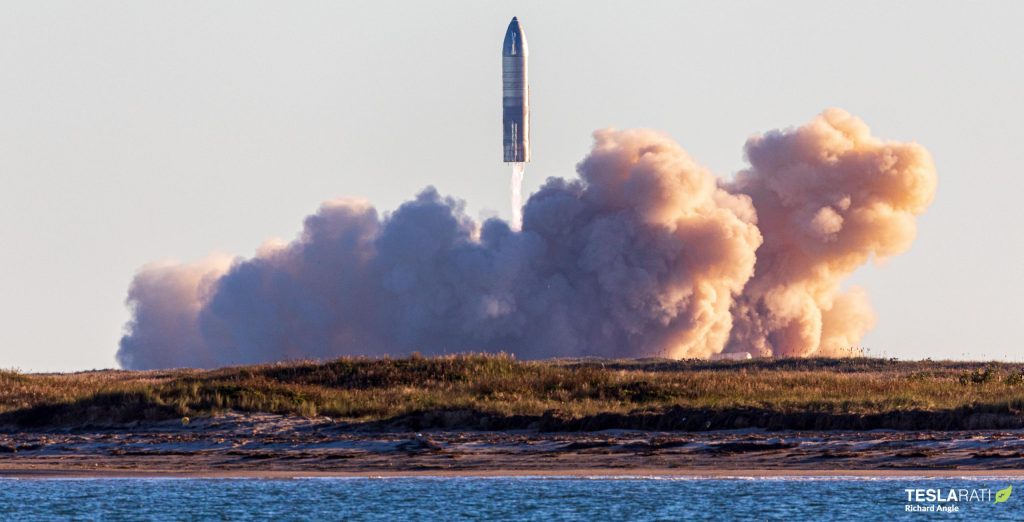
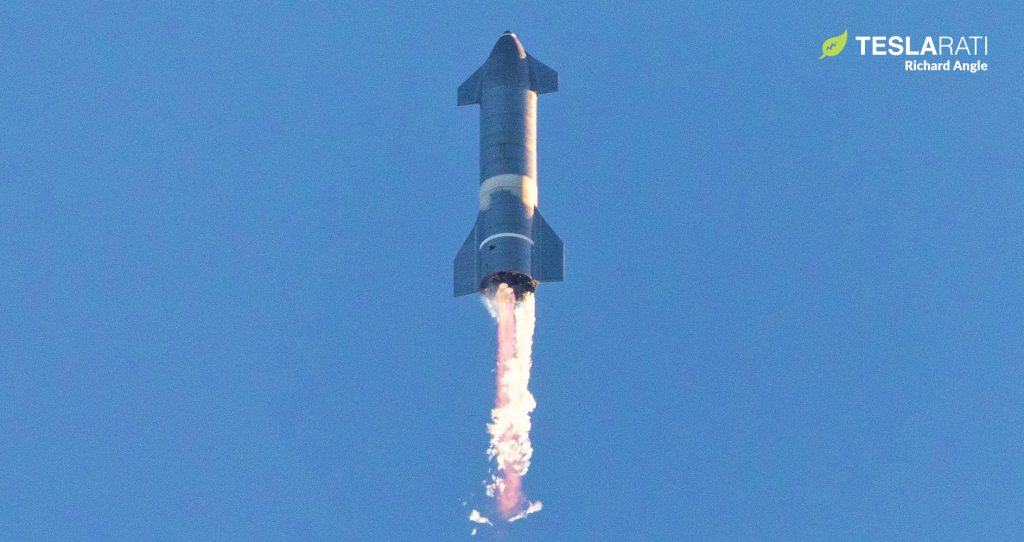
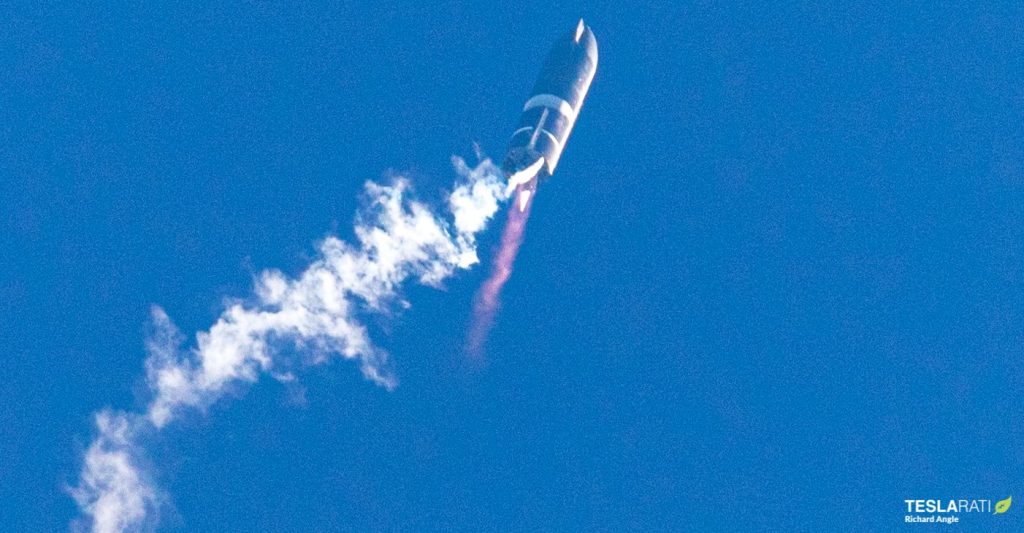
Finally, at a bit less than five minutes after liftoff, Starship cut off all Raptor engines and began falling back to earth. Looking spectacularly similar to fan-made renders and CGI videos of the highly-anticipated ‘skydiver’ or ‘belly-flop’ maneuver, Starship – belly down – spent around two minutes in a rock-solid freefall, using four large flaps to maintain stability.
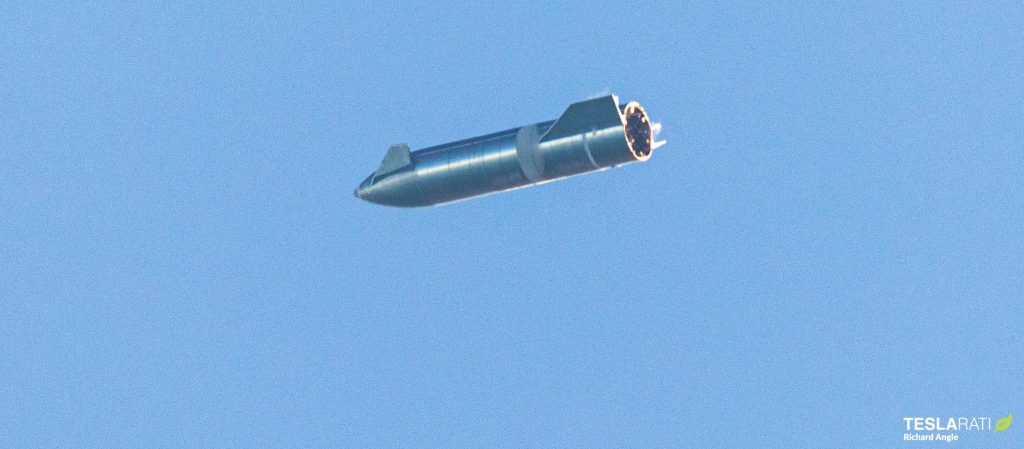
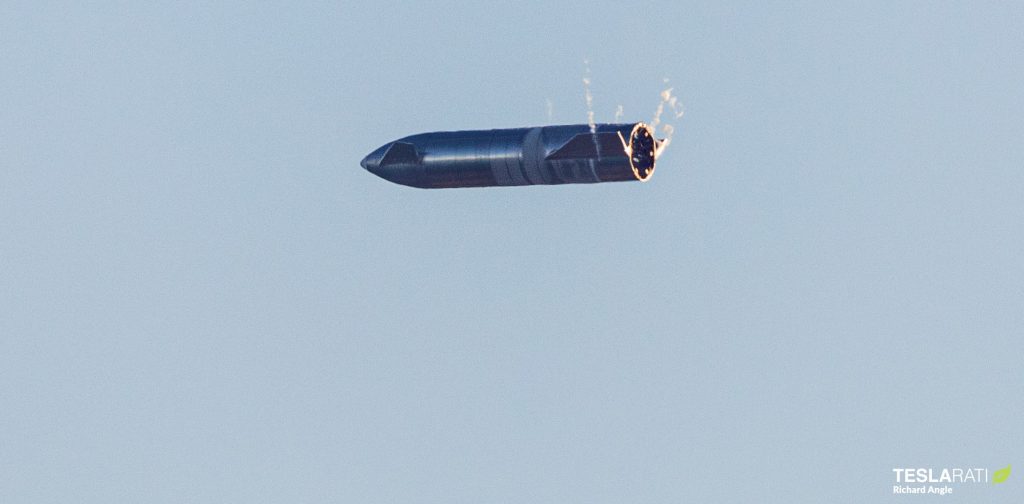
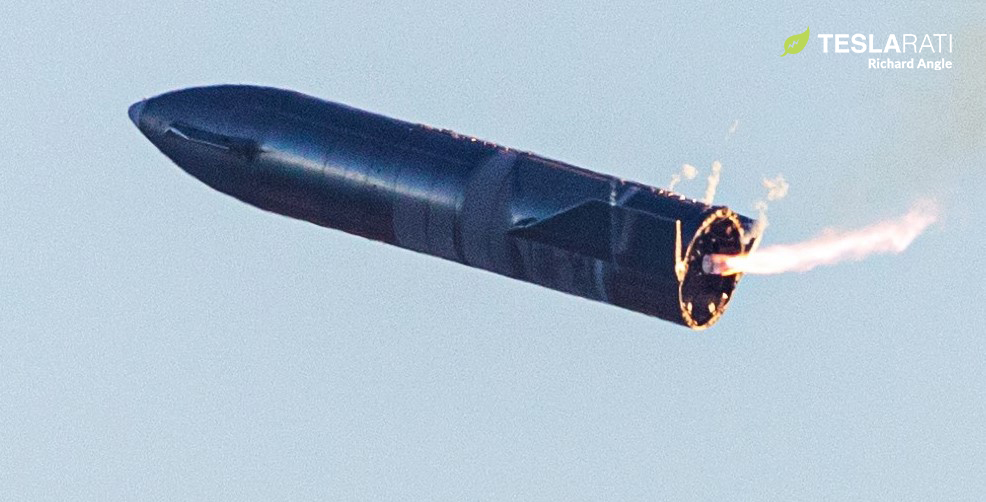
Around 4:52 pm, Starship SN8 performed exactly as expected, igniting one – and then two – Raptor engines while fully parallel to the ground to complete an aggressive 90-degree flip, transitioning into vertical flight for an attempted landing. Unfortunately, although it’s difficult to judge what was intentional and what was not, things began to go wrong after that point -visible in the form of one of the two reignited Raptors flashing green before shutting down.
At the same time, the plume of the lone remaining engine flashed an electric green, quite literally consuming its copper-rich internals in an unsuccessful attempt to slow Starship down. According to SpaceX CEO Elon Musk, Raptor performed “great” throughout the launch and landing attempt, with the bright-green plume likely explained by extremely oxygen-rich combustion caused by low “fuel header tank pressure.”
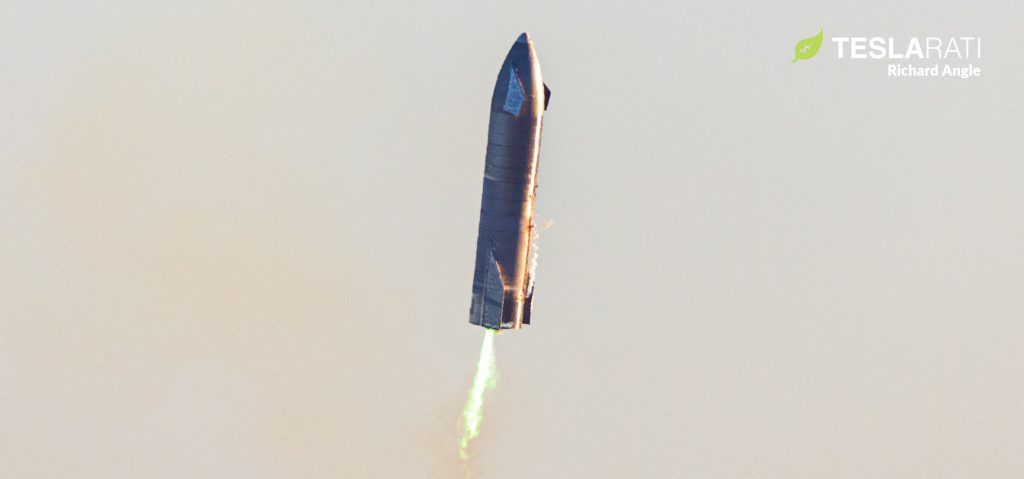
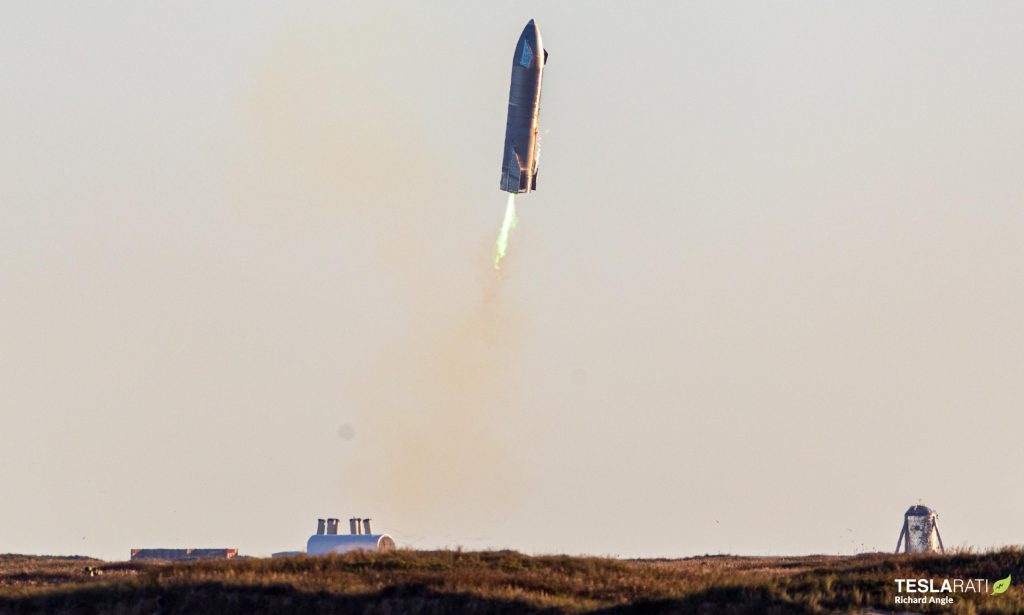
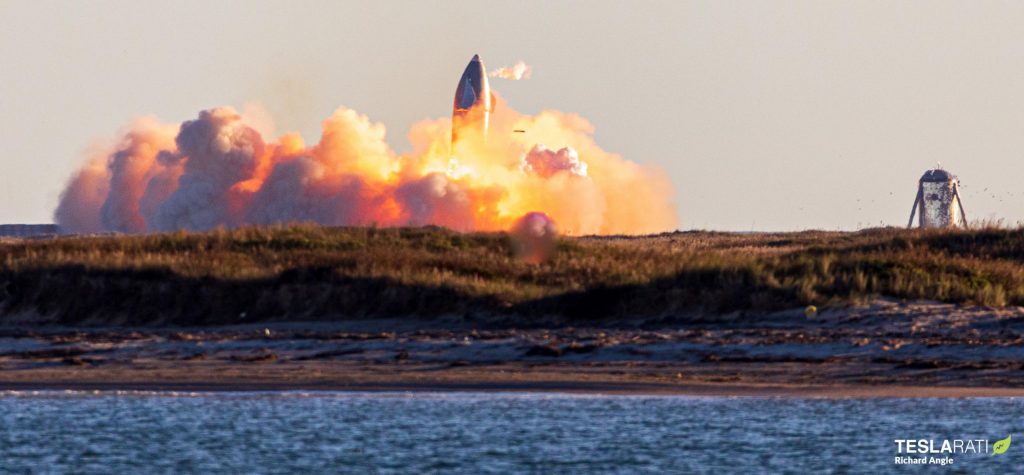
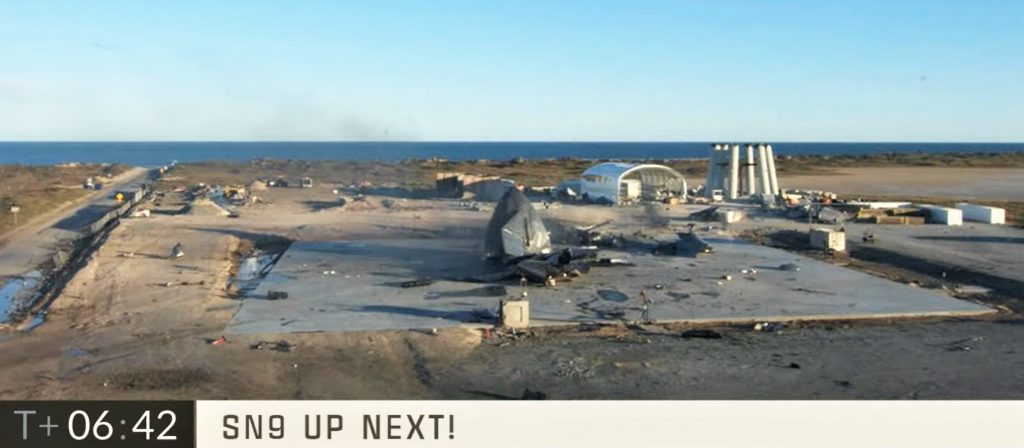
Regardless of the specific cause, Starship SN8 smashed into the ground around 10-20 seconds early, traveling about 30 m/s (~70 mph) too fast. To be clear, in SpaceX’s eyes, the test – primarily focused on demonstrating multi-engine ascent, freefall stability, header tank handover, engine reignition, and a flip-over maneuver – was a spectacular success, completing almost every single objective and seemingly doing so without any major issues.
Clocking in at an incredible (and unexpected) ~400 seconds (~6.5 minutes) from liftoff to explosion, it’s difficult to exaggerate the sheer quantity of invaluable data SpaceX has likely gathered from SN8’s sacrifice. Thanks to SN8’s primarily successful debut, SpaceX’s Starship test and launch facilities (minus the rocket’s remains on the landing zone) appear to be almost completely unharmed, likely requiring only minor repairs and refurbishment. Further, Starship SN9 is effectively complete and patiently waiting a few miles down the road, ready to roll to the launch pad almost as soon as SpaceX has understood the cause of SN8’s hard landing.
Stay tuned for more analysis, photos, and videos as the dust settles.
Elon Musk
Tesla reveals it is using AI to make factories more sustainable: here’s how
Tesla is using AI in its Gigafactory Nevada factory to improve HVAC efficiency.
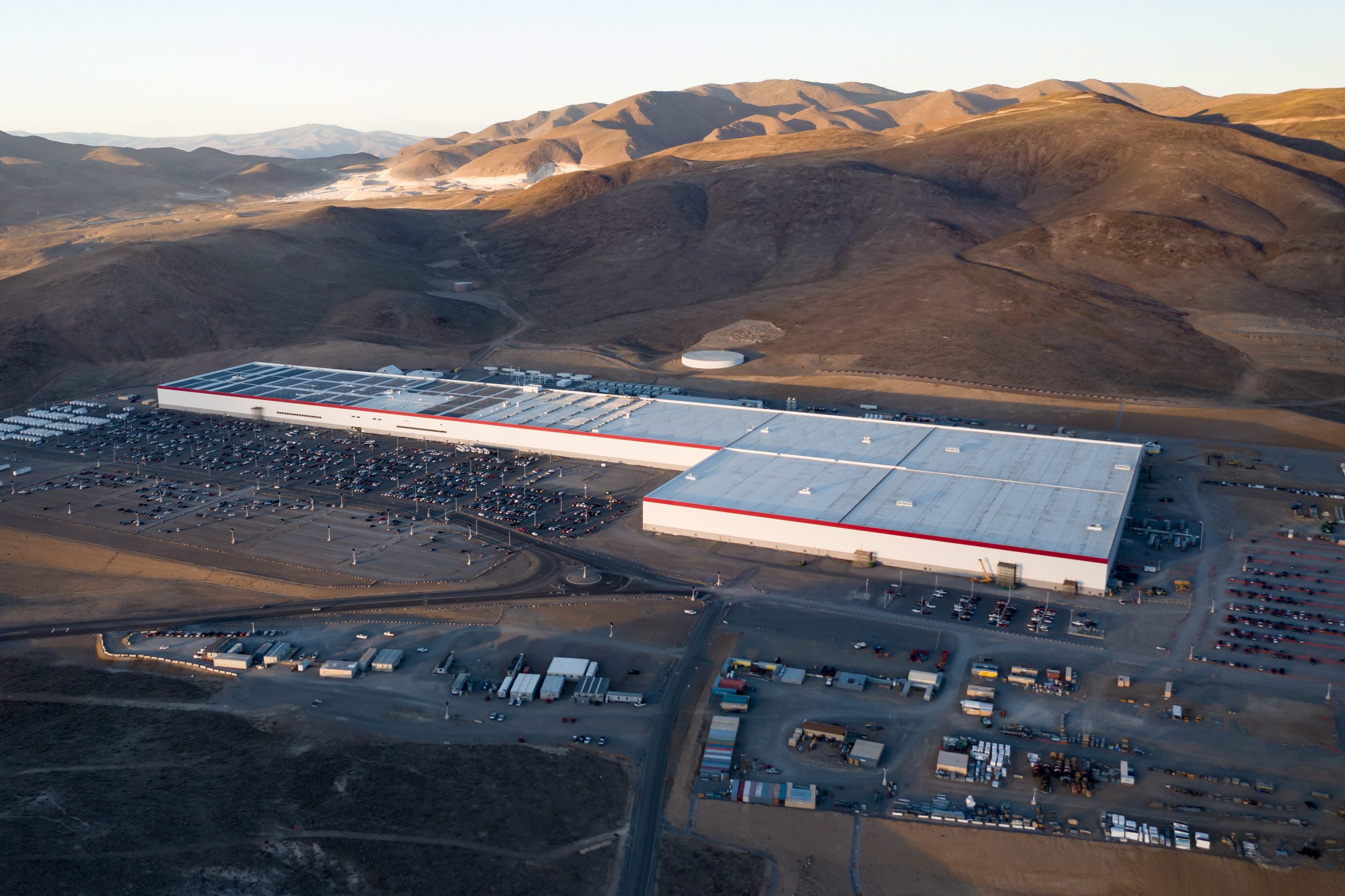
Tesla has revealed in its Extended Impact Report for 2024 that it is using Artificial Intelligence (AI) to enable its factories to be more sustainable. One example it used was its achievement of managing “the majority of the HVAC infrastructure at Gigafactory Nevada is now AI-controlled” last year.
In a commitment to becoming more efficient and making its production as eco-friendly as possible, Tesla has been working for years to find solutions to reduce energy consumption in its factories.
For example, in 2023, Tesla implemented optimization controls in the plastics and paint shops located at Gigafactory Texas, which increased the efficiency of natural gas consumption. Tesla plans to phase out natural gas use across its factories eventually, but for now, it prioritizes work to reduce emissions from that energy source specifically.
It also uses Hygrometric Control Logic for Air Handling Units at Giafactory Berlin, resulting in 17,000 MWh in energy savings each year. At Gigafactory Nevada, Tesla saves 9.5 GWh of energy through the use of N-Methylpyrrolidone refineries when extracting critical raw material.
Perhaps the most interesting way Tesla is conserving energy is through the use of AI at Gigafactory Nevada, as it describes its use of AI to reduce energy demand:
“In 2023, AI Control for HVAC was expanded from Nevada and Texas to now include our Berlin-Brandenburg and Fremont factories. AI Control policy enables HVAC systems within each factory to work together to process sensor data, model factory dynamics, and apply control actions that safely minimize the energy required to support production. In 2024, this system achieved two milestones: the majority of HVAC infrastructure at Gigafactory Nevada is now AI-controlled, reducing fan and thermal energy demand; and the AI algorithm was extended to manage entire chiller plants, creating a closed-loop control system that optimizes both chilled water consumption and the energy required for its generation, all while maintaining factory conditions.”
Tesla utilizes AI Control “primarily on systems that heat or cool critical factory production spaces and equipment.” AI Control communicates with the preexisting standard control logic of each system, and any issues can be resolved by quickly reverting back to standard control. There were none in 2024.
Tesla says that it is utilizing AI to drive impact at its factories, and it has proven to be a valuable tool in reducing energy consumption at one of its facilities.
Elon Musk
Tesla analysts believe Musk and Trump feud will pass
Tesla CEO Elon Musk and U.S. President Donald Trump’s feud shall pass, several bulls say.

Tesla analysts are breaking down the current feud between CEO Elon Musk and U.S. President Donald Trump, as the two continue to disagree on the “Big Beautiful Bill” and its impact on the country’s national debt.
Musk, who headed the Department of Government Efficiency (DOGE) under the Trump Administration, left his post in May. Soon thereafter, he and President Trump entered a very public and verbal disagreement, where things turned sour. They reconciled to an extent, and things seemed to be in the past.
However, the second disagreement between the two started on Monday, as Musk continued to push back on the “Big Beautiful Bill” that the Trump administration is attempting to sign into law. It would, by Musk’s estimation, increase spending and reverse the work DOGE did to trim the deficit.
Every member of Congress who campaigned on reducing government spending and then immediately voted for the biggest debt increase in history should hang their head in shame!
And they will lose their primary next year if it is the last thing I do on this Earth.
— Elon Musk (@elonmusk) June 30, 2025
President Trump has hinted that DOGE could be “the monster” that “eats Elon,” threatening to end the subsidies that SpaceX and Tesla receive. Musk has not been opposed to ending government subsidies for companies, including his own, as long as they are all abolished.
How Tesla could benefit from the ‘Big Beautiful Bill’ that axes EV subsidies
Despite this contentious back-and-forth between the two, analysts are sharing their opinions now, and a few of the more bullish Tesla observers are convinced that this feud will pass, Trump and Musk will resolve their differences as they have before, and things will return to normal.
ARK Invest’s Cathie Wood said this morning that the feud between Musk and Trump is another example of “this too shall pass:”
BREAKING: CATHIE WOOD SAYS — ELON AND TRUMP FEUD “WILL PASS” 👀 $TSLA
She remains bullish ! pic.twitter.com/w5rW2gfCkx
— TheSonOfWalkley (@TheSonOfWalkley) July 1, 2025
Additionally, Wedbush’s Dan Ives, in a note to investors this morning, said that the situation “will settle:”
“We believe this situation will settle and at the end of the day Musk needs Trump and Trump needs Musk given the AI Arms Race going on between the US and China. The jabs between Musk and Trump will continue as the Budget rolls through Congress but Tesla investors want Musk to focus on driving Tesla and stop this political angle…which has turned into a life of its own in a roller coaster ride since the November elections.”
Tesla shares are down about 5 percent at 3:10 p.m. on the East Coast.
Elon Musk
Tesla scrambles after Musk sidekick exit, CEO takes over sales
Tesla CEO Elon Musk is reportedly overseeing sales in North America and Europe, Bloomberg reports.

Tesla scrambled its executives around following the exit of CEO Elon Musk’s sidekick last week, Omead Afshar. Afshar was relieved of his duties as Head of Sales for both North America and Europe.
Bloomberg is reporting that Musk is now overseeing both regions for sales, according to sources familiar with the matter. Afshar left the company last week, likely due to slow sales in both markets, ending a seven-year term with the electric automaker.
Tesla’s Omead Afshar, known as Elon Musk’s right-hand man, leaves company: reports
Afshar was promoted to the role late last year as Musk was becoming more involved in the road to the White House with President Donald Trump.
Afshar, whose LinkedIn account stated he was working within the “Office of the CEO,” was known as Musk’s right-hand man for years.
Additionally, Tom Zhu, currently the Senior Vice President of Automotive at Tesla, will oversee sales in Asia, according to the report.
It is a scramble by Tesla to get the company’s proven executives over the pain points the automaker has found halfway through the year. Sales are looking to be close to the 1.8 million vehicles the company delivered in both of the past two years.
Tesla is pivoting to pay more attention to the struggling automotive sales that it has felt over the past six months. Although it is still performing well and is the best-selling EV maker by a long way, it is struggling to find growth despite redesigning its vehicles and launching new tech and improvements within them.
The company is also looking to focus more on its deployment of autonomous tech, especially as it recently launched its Robotaxi platform in Austin just over a week ago.
However, while this is the long-term catalyst for Tesla, sales still need some work, and it appears the company’s strategy is to put its biggest guns on its biggest problems.
-

 Elon Musk1 day ago
Elon Musk1 day agoTesla investors will be shocked by Jim Cramer’s latest assessment
-

 News6 days ago
News6 days agoTesla Robotaxi’s biggest challenge seems to be this one thing
-

 News2 weeks ago
News2 weeks agoTesla’s Grok integration will be more realistic with this cool feature
-

 Elon Musk2 weeks ago
Elon Musk2 weeks agoElon Musk slams Bloomberg’s shocking xAI cash burn claims
-

 News2 weeks ago
News2 weeks agoTesla China roars back with highest vehicle registrations this Q2 so far
-

 News2 weeks ago
News2 weeks agoTexas lawmakers urge Tesla to delay Austin robotaxi launch to September
-

 News2 weeks ago
News2 weeks agoTesla dominates Cars.com’s Made in America Index with clean sweep
-

 Elon Musk1 week ago
Elon Musk1 week agoFirst Look at Tesla’s Robotaxi App: features, design, and more




















